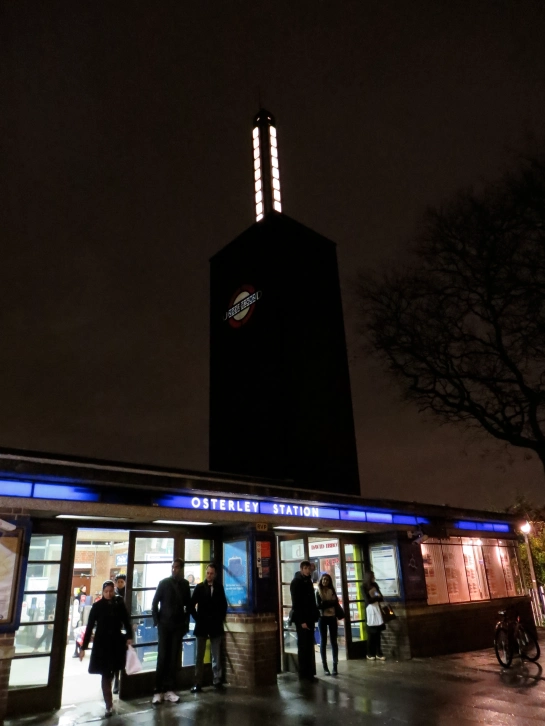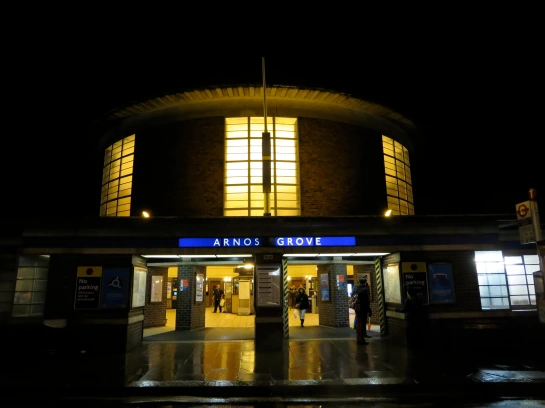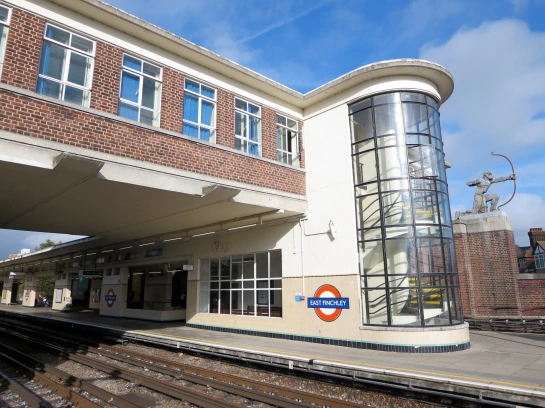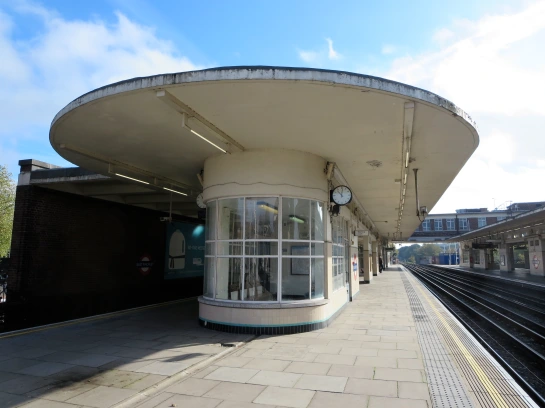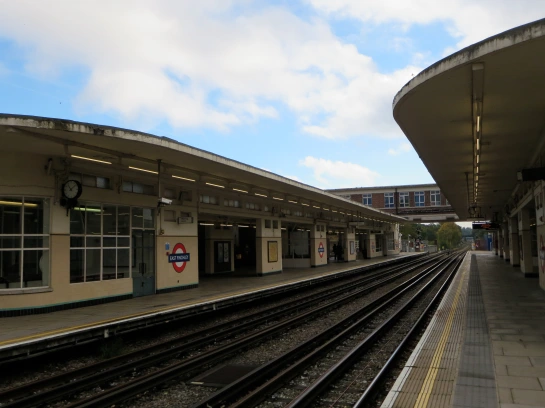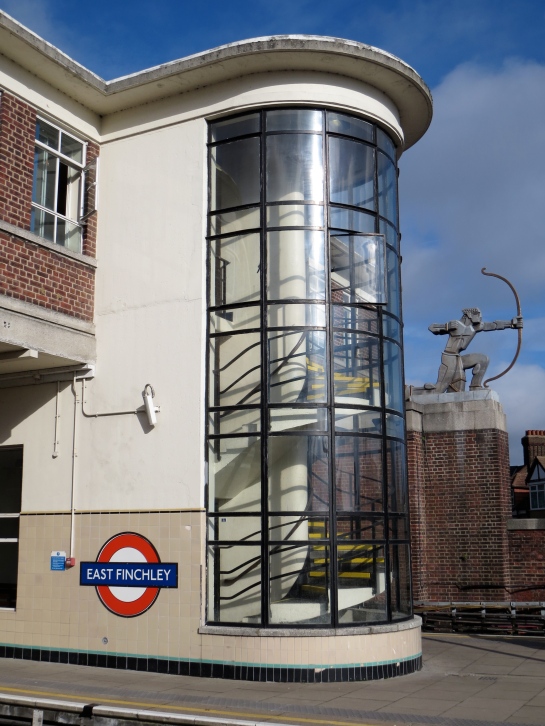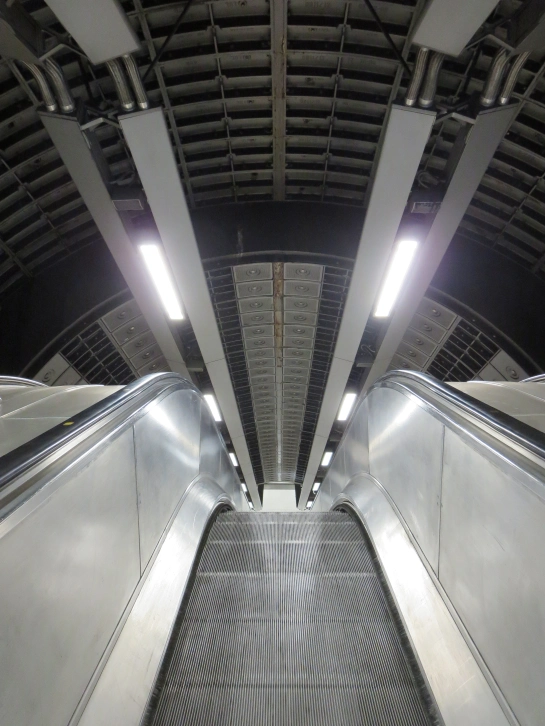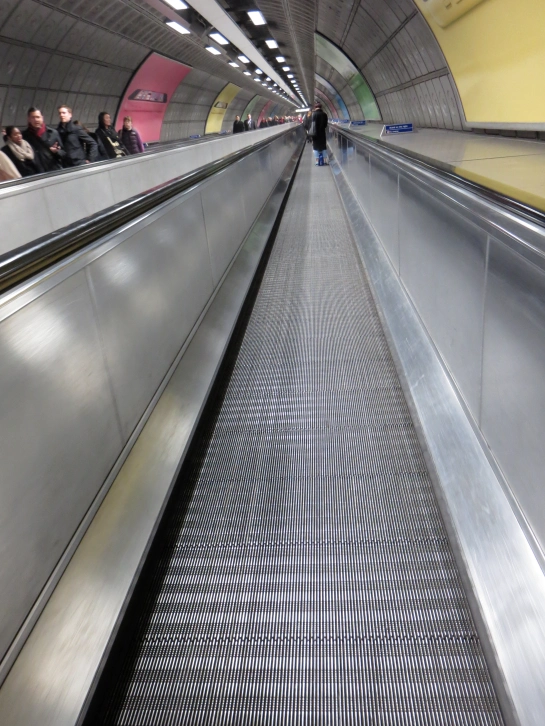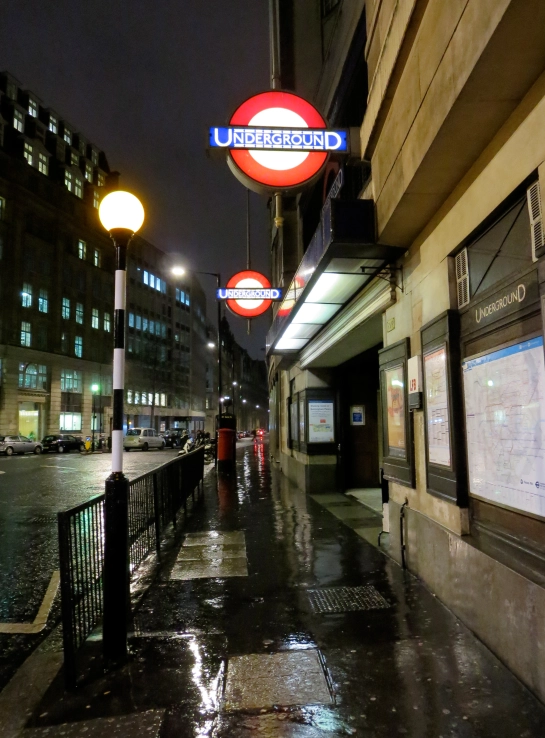 Stargazers often wonder how the sky at night over London would look were all the city’s illuminations extinguished. I often wonder how London would look from the sky at night were all its illuminations extinguished save the Underground.
Stargazers often wonder how the sky at night over London would look were all the city’s illuminations extinguished. I often wonder how London would look from the sky at night were all its illuminations extinguished save the Underground.
That’s almost an oxymoron. The clue is, after all, in the name. The founding principle of the Underground was to be out of sight: to be no surface and all depth. All it had to show for itself above ground, all it still has to show for itself – in the city centre at least – is its stations.
Its stations. Exactly.
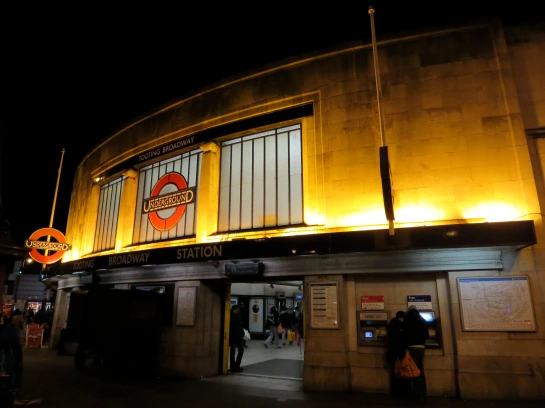 When the sun goes down, the curtain goes up on London’s longest-running attraction. It’s an uninterrupted stint that has lasted, in some cases, for a century-and-a-half. It’s also the capital’s most inclusive nightspot. Everyone can be seen here. Everyone is seen here. There’s no guest list, no dress code. Come as you are. Leave when you please.
When the sun goes down, the curtain goes up on London’s longest-running attraction. It’s an uninterrupted stint that has lasted, in some cases, for a century-and-a-half. It’s also the capital’s most inclusive nightspot. Everyone can be seen here. Everyone is seen here. There’s no guest list, no dress code. Come as you are. Leave when you please.
Irradiation plus imagination: that’s the only secret, and not an especially complicated or novel one.
Yet there are few things as inviting, and little that’s as comforting, as the sight of the entrance to an Underground station at night. Electrical balm flows towards you. The attraction can work over any distance; all you need is a glimpse of a roundel or a sign, even from far away, and something inside you is reassured.
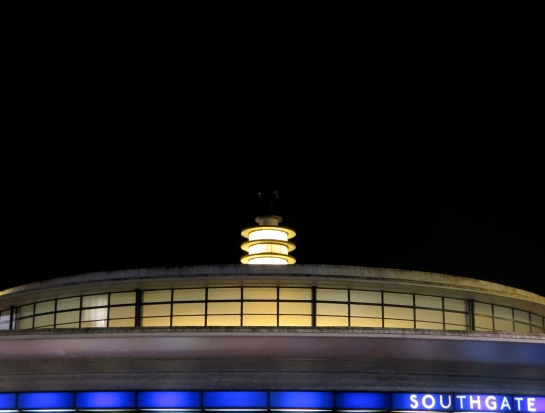 Why is this? What is catalysing such a reaction?
Why is this? What is catalysing such a reaction?
It is all those elements that make the Underground great – topped up with the added potency of, for want of a better phrase, tactical incandescence.
Those lights, those colours, that soothing glow: it’s all there by design, not chance. People have planned for this, have intended it to be this way: there are brains behind this beauty, and they have done this for us, and we can only feel charmed, favoured, perhaps a little blessed.
It’s something of a neat inversion: that the Underground, popularly known for its soot-black tunnels, dingy passageways and absence of natural illumination, blazes so brightly above ground when everywhere else falls into shadow. The poacher of light turns gamekeeper.
And that these fixed, unchanging points of light are offspring of something created not to encourage stasis, but to improve movement and circulation, is another rather sweet reversal of responsibility. At night the Underground becomes more of a shepherd than a signpost. How and where it flashes its wares above the earth’s surface is never more crucial.
Philip Larkin (yes, him again) wrote of how “light spreads darkly downwards” in stations and their environs. “In shoeless corridors, the lights burn. How isolated, like a fort, it is…”
These buildings, after dark, are intoxicatingly atmospheric. Their architecture infuses the air with stoical sadness. It’s something to do with that meeting of light and dark, how the one interacts, teases, and dances with the other. It’s a shifting, slightly rootless tableau, a place that is neither one thing or the other.
This makes it an ideal canvas on to which you can project your own thoughts and feelings. And this is perhaps the most appealing thing of all: the way a station at night can be an ideal place for moping and brooding, for fantasising and itemising, for a rendezvous or reconciliation, for a teary homecoming and an equally teary farewell. Louis MacNeice nailed it:
“And so to London and down the ever-moving stairs
Where a warm wind blows the bodies of men together
And blows apart their complexes and cares.”
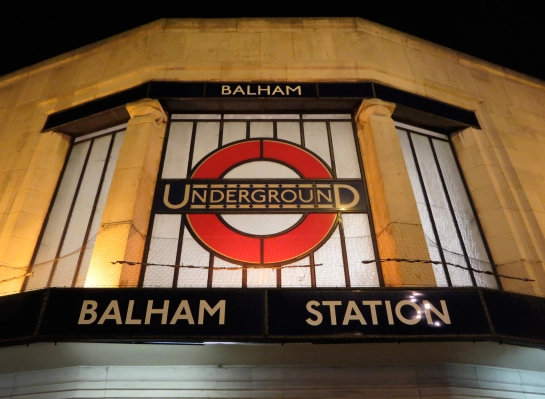 The night brings not just people but the whole network together, like the old ITV Telethons, only with real stars instead of pretenders.
The night brings not just people but the whole network together, like the old ITV Telethons, only with real stars instead of pretenders.
It binds stations as dissimilar as Wood Lane and Caledonian Road. It’s the great leveller, though rather than level down it grades everything upwards, putting all of the Underground on the same podium, be they 150 years old or just 18 months. Old, young, Victorian, Edwardian, modernist, post-modernist, smells, sounds, sights, sensations: they all look, and feel, better in the dark.
I know this is as much an affair of the heart as the head, and I know it’s only fleeting. At some point each and every night the barriers come down, the shutters go up and the lights are dimmed. Fade to black.
But I always take comfort from the knowledge that tomorrow I can begin anew, and that every time the sun sets I get to fall in love with the Underground all over again.
